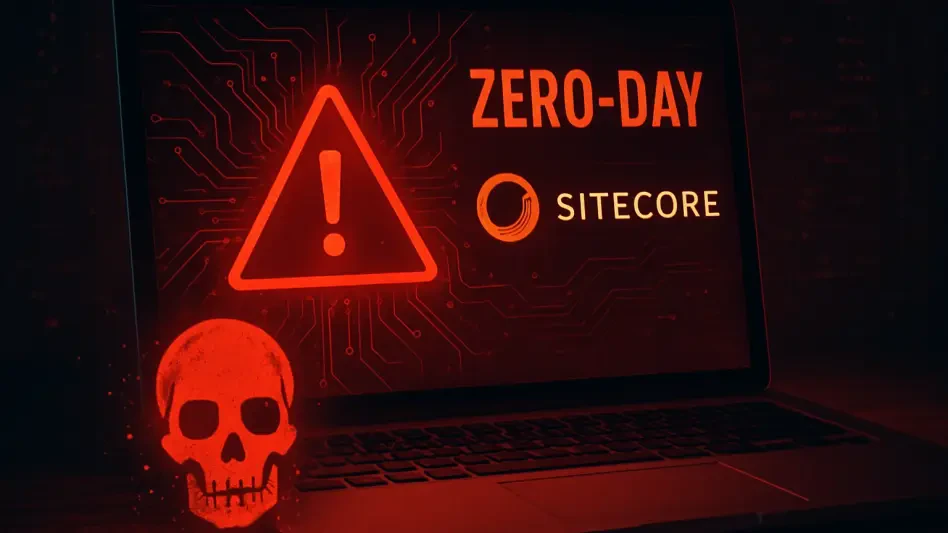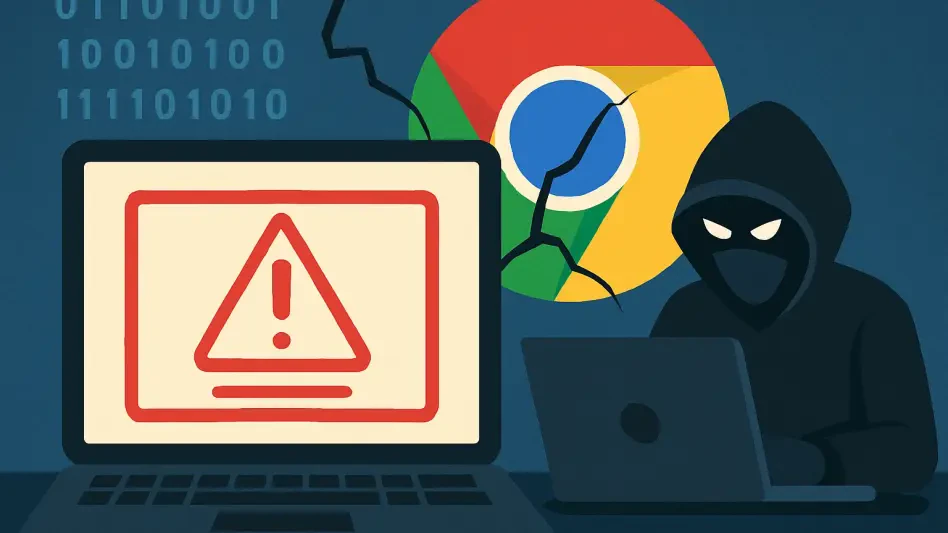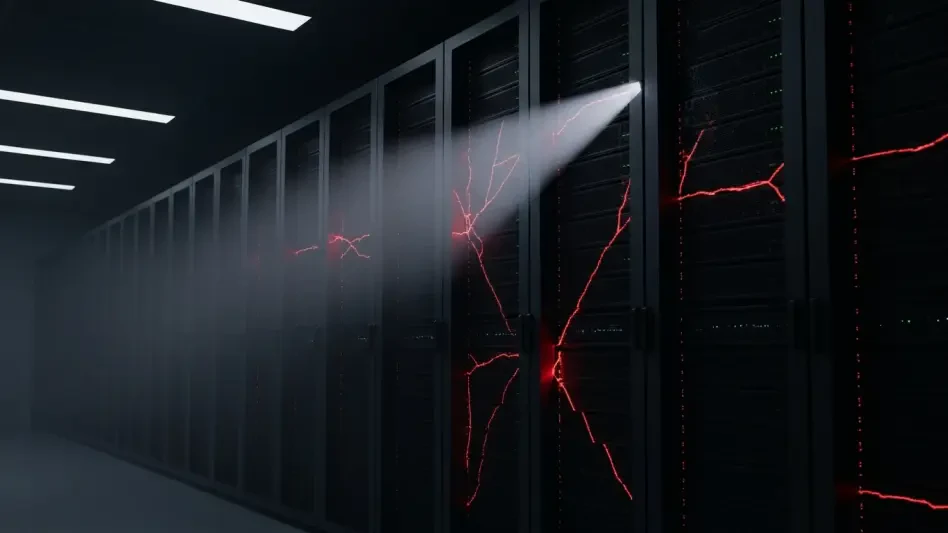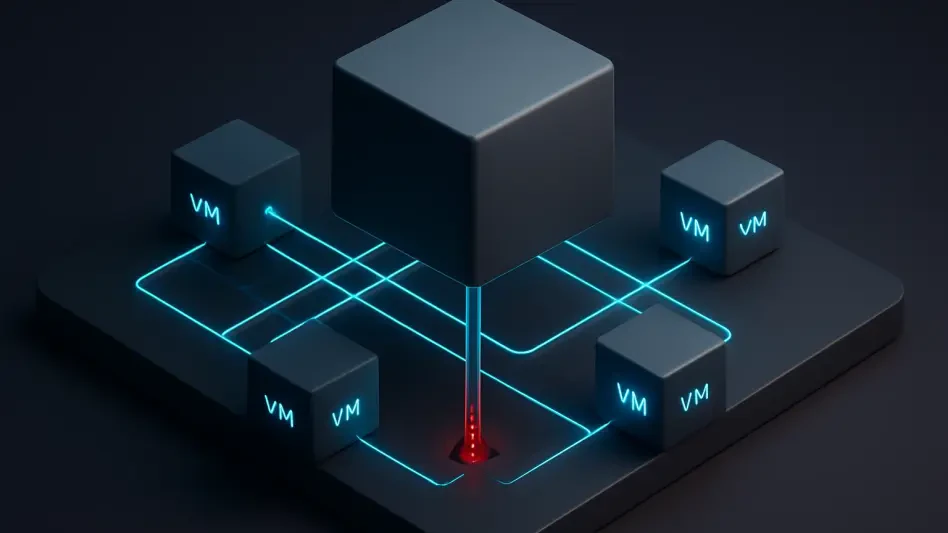In an era where digital infrastructure serves as the backbone of business operations, the discovery of a critical zero-day vulnerability in widely used software can send shockwaves through the cybersecurity landscape, creating urgent concerns for organizations worldwide. A recent flaw, identified as CVE-2025-53690, has been uncovered in several Sitecore products, including Experience Manager (XM), Experience Platform (XP), Experience Commerce (XC), and Managed Cloud. Acknowledged by Sitecore under the identifier SC2025-005 and brought to light through detailed research by cybersecurity experts, this vulnerability has already been exploited by malicious actors in real-world scenarios. Stemming from a ViewState deserialization issue, it poses a severe risk of remote code execution (RCE), allowing attackers to compromise entire systems. This alarming development underscores the ever-present danger of zero-day exploits—flaws unknown to vendors until they are actively abused—and highlights the urgent need for heightened vigilance and robust security practices among organizations relying on affected platforms.
Understanding the Vulnerability’s Roots
The core of this zero-day threat lies in outdated deployment practices that have left Sitecore instances vulnerable to exploitation. Specifically, the issue originates from exposed ASP.NET machine keys provided in deployment guides dating back several years. These static keys, intended as sample configurations, were never meant for production environments but have been reused by some organizations, creating a glaring security hole. Attackers can exploit these keys to bypass validation mechanisms, crafting malicious ViewState payloads that enable them to execute harmful code on targeted servers. This flaw, which facilitates remote code execution, demonstrates how seemingly minor oversights in configuration can lead to catastrophic breaches. Sitecore has since updated its deployment processes to automate the generation of unique machine keys, a critical step toward preventing such vulnerabilities in newer installations. However, the persistence of legacy systems using outdated configurations remains a significant concern for many businesses.
Beyond the technical origins, the broader implications of this vulnerability reveal a systemic issue in software security. The active exploitation of this flaw by attackers illustrates the dangers of relying on default or sample settings in live environments. Cybersecurity researchers have emphasized that such practices are akin to leaving the front door unlocked in a high-crime area. While newer Sitecore offerings like XM Cloud, Content Hub, and OrderCloud are unaffected due to modernized security protocols, the affected products still in use by numerous organizations highlight the challenge of maintaining security across diverse deployment scenarios. The incident serves as a stark reminder that even well-established platforms can harbor hidden risks if best practices are not rigorously followed, urging companies to reassess their configurations and prioritize security over convenience in every aspect of their digital operations.
Exploitation Tactics and Impact
Delving into the specifics of how this vulnerability is exploited sheds light on the sophistication of modern cyber threats. Attackers begin by targeting internet-facing Sitecore instances, leveraging the static machine keys to deploy custom malware known as WEEPSTEEL. Hidden within decrypted ViewState payloads, this malware is designed to harvest sensitive data about the system, network, and users, encrypting it for covert exfiltration. Beyond initial compromise, attackers employ a range of tactics to deepen their foothold, including staging open-source tools for network tunneling, persistent remote access, and Active Directory reconnaissance in public directories. These methods allow them to map out internal networks and prepare for further exploitation, showcasing a multi-layered approach to cyber intrusion that can evade detection for extended periods if not addressed promptly.
The impact of such exploitation extends far beyond data theft, as attackers also focus on privilege escalation and lateral movement within compromised environments. Techniques such as creating local administrator accounts, dumping credentials from system hives, and using Remote Desktop Protocol (RDP) for internal navigation enable them to gain extensive control over affected networks. To maintain persistence, malicious actors often install services for remote access and alter account settings to prevent password expiration, ensuring long-term access to the system. The comprehensive nature of these attacks, as uncovered by detailed investigations, underscores the severe threat posed by this zero-day vulnerability. Organizations face not only immediate operational disruptions but also the potential for prolonged exposure to undetected breaches, emphasizing the critical need for rapid response and thorough system audits to mitigate damage.
Mitigation Strategies and Best Practices
Addressing this zero-day threat requires immediate and decisive action from organizations using affected Sitecore products. Cybersecurity experts recommend adopting ASP.NET security best practices as a foundational step, including automating the rotation of machine keys to prevent reuse of static configurations. Enabling ViewState Message Authentication Code (MAC) and encrypting sensitive data are also essential measures to thwart unauthorized access and payload manipulation. Sitecore’s official advisory provides specific remediation guidance, urging customers to ensure their systems are running supported versions and to apply all available security updates without delay. These steps, while technical in nature, form the bedrock of a proactive defense strategy that can significantly reduce the risk of exploitation by closing known gaps in system architecture.
Equally important is the cultural shift toward prioritizing security within organizational practices. The reliance on outdated configurations often stems from a lack of awareness or resources dedicated to cybersecurity, a gap that must be addressed through education and investment. Regular monitoring of internet-facing systems for unusual activity, combined with routine audits of deployment settings, can help identify potential vulnerabilities before they are exploited. The shared responsibility between software vendors and users becomes evident in this context, as Sitecore has taken steps to modernize its deployment protocols while customers must commit to implementing these updates. By fostering a mindset of continuous improvement and vigilance, businesses can better protect their digital assets against the evolving landscape of zero-day threats, ensuring that lessons learned from this incident translate into stronger defenses moving forward.
Reflecting on Lessons Learned
Looking back, the emergence of CVE-2025-53690 as a critical zero-day vulnerability in Sitecore products revealed the persistent dangers lurking in outdated software configurations. The active exploitation by attackers, employing sophisticated malware and multi-stage tactics, exposed the devastating potential of such flaws to compromise entire networks. Moving forward, organizations must prioritize actionable steps such as automating security configurations, applying timely updates, and investing in continuous monitoring to detect anomalies early. Collaboration between vendors and users remains paramount, as does the commitment to adopting industry best practices like regular key rotation and data encryption. This incident served as a pivotal moment to reassess cybersecurity strategies, encouraging a proactive stance against future threats. By integrating these lessons into everyday operations, businesses can build resilience against the ever-evolving challenges of digital security, ensuring safer environments for their data and systems.








